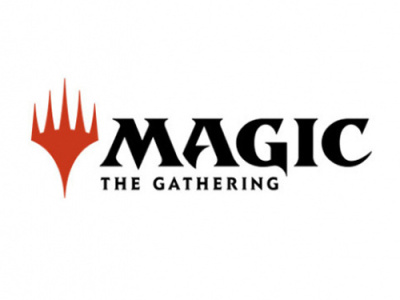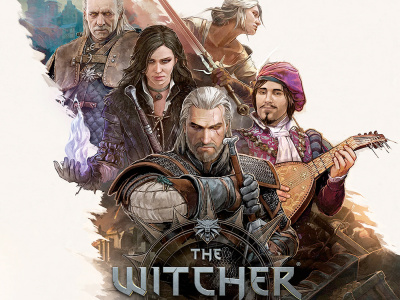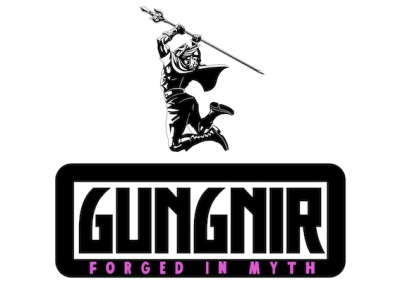
Vertigo has announced that all of its periodicals will bear new trade dress, beginning with books shipping in May. DC VP Executive Editor-Vertigo Karen Berger explained why. 'All magazines change their trade dress periodically,' she said. 'Vertigo is nine years old and we thought it was time to give ourselves a facelift...We've been thinking about changing the look for awhile and it was a matter of coming up with the right design.'
The new design, developed by Vertigo Art Director Maria Cabardo, incorporates modular elements that can be moved around the cover and displayed in a variety of configurations. The look is clean; Berger described it as '...without shmutz on the cover.'
We asked Berger what the new design was designed to express. 'We started off the line with a sense of the modern in comics, up-to-the-minute, with freshness, and broadness of ideas. Our covers stood out nine years ago, and the new ones make them stand out nine years later.' She also said they were shooting for a 'magazine' look. When we asked why, Berger had a ready answer. 'The Vertigo type of material strays from the comic book look, and we wanted to set ourselves apart, more to people that don't necessarily read comics regularly, and create the sense that it's provocative stuff under the cover. We also wanted to break away from the standard way of viewing a comic.'
Vertigo has a number of strong new periodical series in the pipe for the rest of 2002, including The Filth, by Grant Morrison, Chris Weston, and Gary Erskine, which Berger predicted will be Vertigo's biggest periodical release of the year. Vertigo plans to increase the number of periodicals it releases in 2002 by about one book a month. This increase is partially an artifact of a relatively light production year in 2001. Vertigo also plans to increase the number of trade paperback collections of previously published material and original graphic novels that it publishes in 2002.
Vertigo plans four to five original graphic novels in 2002, compared to only one in 2001. Berger described the commercial reasons for the move. 'One thing we've seen is that trade paperbacks do very well for us, especially as backlist,' she said. 'They do well as new books, but reorders is a very good and growing part of our business. People that read Vertigo want a complete story and don't want to go into a comic shop every week or every month and won't buy a book or a miniseries until that story is wrapped. So we create the original graphic novels for those customers.'
There are also creative reasons for publishing more original graphic novels, according to Berger. 'The format allows the creative storyteller more freedom as well,' she said. 'It's another way of approaching comics as more of a piece of literary work, literature, and that's what our goal with Vertigo has always been. I think Vertigo will always have books that are designed for periodicals, but I see a real serious change with the readership and the market. We're finding in the bookstores as well as in the direct sales market that people are responding to these big stories under one roof....There are a lot of writers and artists who really want to do a big story in one fell swoop, and don't want to have to jerry rig it, and want to tell it all.'
The biggest OGN project in the pipe for the next twelve months is Endless Nights, written by Neil Gaiman with art by Milo Manara, Bill Sienkiewicz, P. Craig Russell, and others, due for release late in 2002 or early 2003. The increasing production of OGNs at Vertigo is part of an over-all DC strategy enunciated by Publisher Paul Levitz to ICv2 last fall (see '20 Questions: Paul Levitz, Part 2').
When asked whether bookstores were an increasing part of Vertigo's business, Berger responded, 'Extremely so!' Given that her response to the question of whether Vertigo sales were going up in the direct market was, 'We live in interesting times,' it's probably safe to surmise that direct market sales are soft relative to the rapidly growing bookstore market. But even in the direct market, books, and especially backlist books, are an increasing part of Vertigo's business. In a discussion of Vertigo's top sellers of the last year, Berger said, '100 Bullets and Transmet will be big this year and were big last year in collections. The backlist numbers are quite high. It goes back to what Vertigo is all about. It's about doing the complete story, not just periodical comics. Look at a book like Sandman or Preacher and the history it had and continues to have in the backlist.
They did pretty well on a monthly basis, but the backlist sales far surpass anything they've ever done in the frontlist. And that's a lot of the direction that Vertigo's moving in.'









